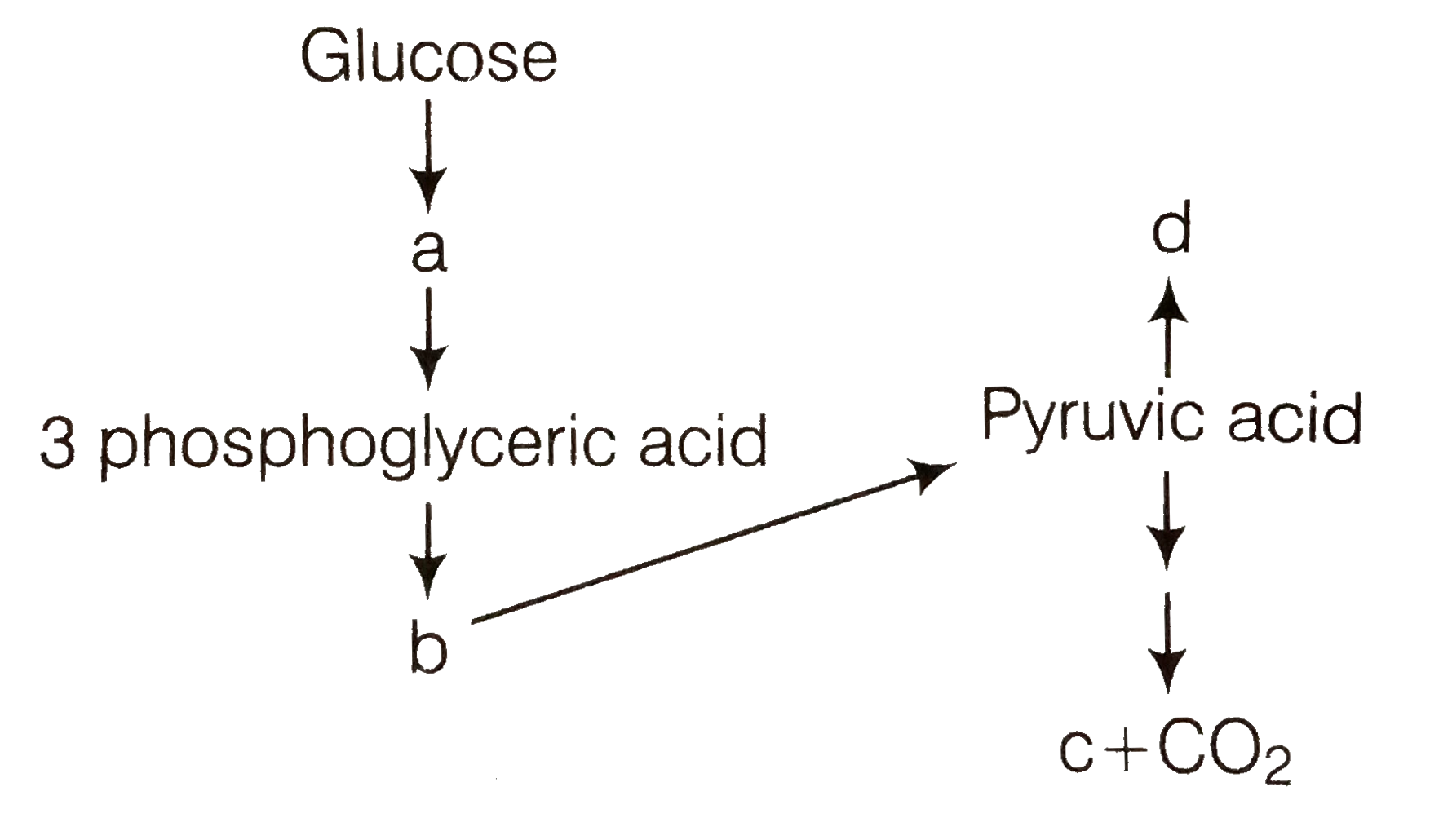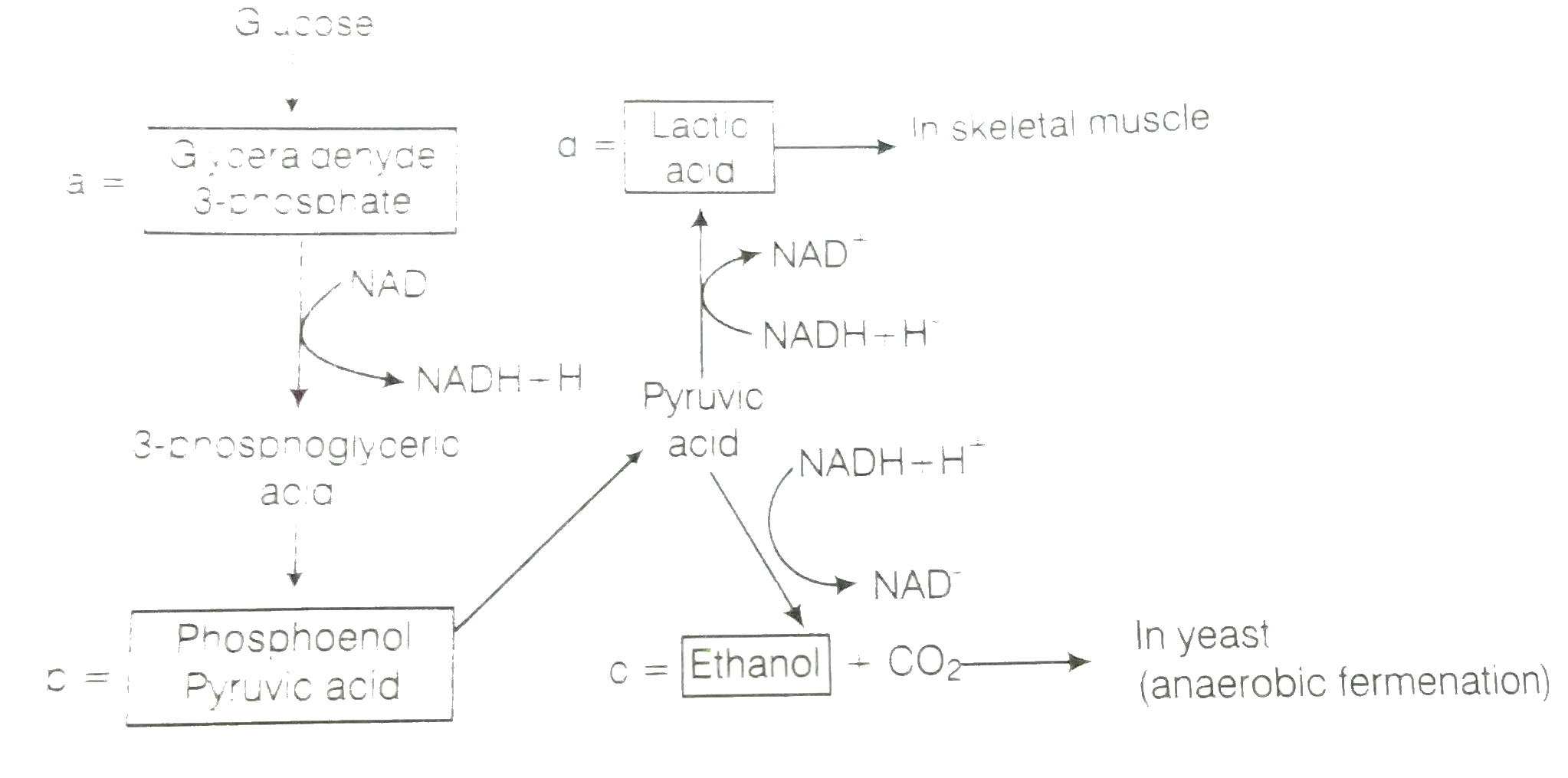Text Solution
Verified by Experts
|
Topper's Solved these Questions
RESPIRATION IN PLANTS
NCERT EXEMPLAR|Exercise SHORT ANSWER TYPE QUESTIONS|23 VideosView PlaylistPLANT KINGDOM
NCERT EXEMPLAR|Exercise LONG ANSWER TYPE QUSTIONS|5 VideosView PlaylistSTRUCTURAL ORGANISATION IN ANIMALS
NCERT EXEMPLAR|Exercise long answer type questions|5 VideosView Playlist
Similar Questions
Explore conceptually related problems
Knowledge Check
A
B
C
D
Submit
A
B
C
D
Submit
A
B
C
D
Submit
Similar Questions
Explore conceptually related problems
NCERT EXEMPLAR-RESPIRATION IN PLANTS -LONG ANSWER TYPE QUESTIONS
- In the following flow chart, replace the symbols a,b,c and d with appr...
02:30
|
Playing Now - Given below is a diagram showing ATP synthesis during aerobic respirat...
02:13
|
Play - oxygen is critical for aerobic respiration. Explain its role with resp...
02:18
|
Play - Enumerate the assumptions that we undertaker in making the respiratory...
06:11
|
Play - Given an account of glycolysis. Where does it occur? What are the end ...
03:31
|
Play


 `" "....(ii)`
`" "....(ii)`